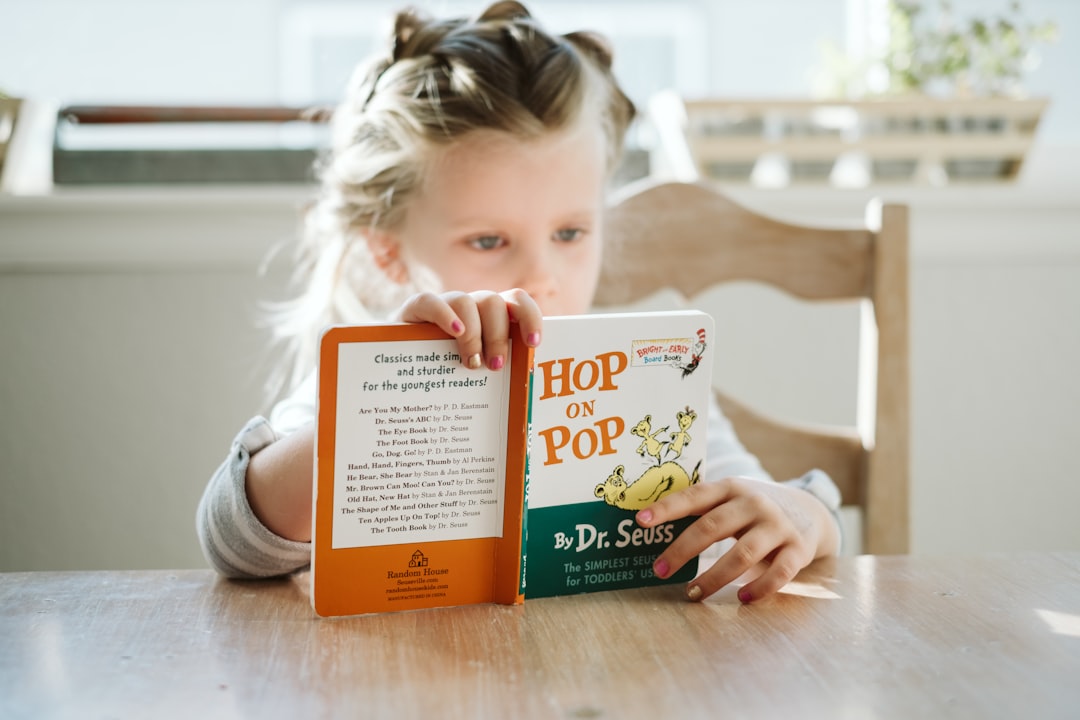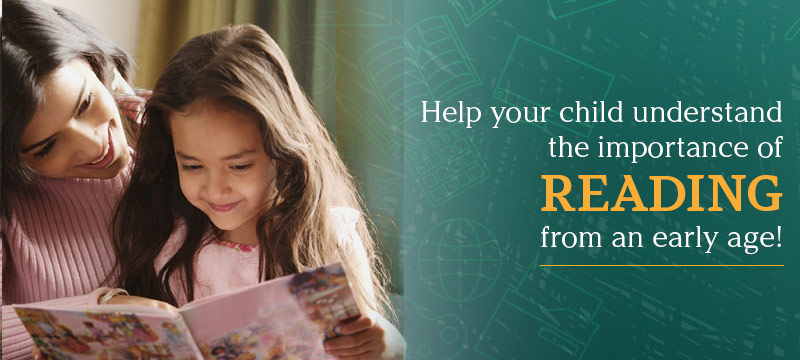Building Reading Habits in American Children
Building Reading Habits in American Children
Encouraging children to develop a love for reading is one of the most valuable gifts parents can give. In the United States, building strong reading habits is essential for academic success and lifelong learning. In this post, we will discuss effective ways to cultivate reading habits in children, along with a list of recommended books and engaging reading activities.
1. Why Building Reading Habits Matters
Fostering a love for reading not only improves literacy but also enhances creativity, critical thinking, and empathy. Here are some key benefits:
- Language Development: Expands vocabulary and comprehension skills.
- Cognitive Growth: Encourages problem-solving and analytical thinking.
- Emotional Intelligence: Helps children understand diverse perspectives.
- Academic Success: Strong reading skills correlate with better performance in school.
2. Effective Strategies to Build Reading Habits
2-1. Create a Reading-Friendly Environment
- Cozy Reading Nooks: Set up a comfortable space with good lighting and soft cushions.
- Book Accessibility: Display books on low shelves for easy access.
- Quiet Zones: Designate a quiet corner for uninterrupted reading.
2-2. Establish a Reading Routine
- Daily Reading Time: Dedicate 20-30 minutes each day to reading together.
- Bedtime Stories: Make storytime part of the nightly routine.
- Weekend Book Sessions: Visit the library or bookstore as a family.
2-3. Be a Reading Role Model
- Lead by Example: Let your child see you reading books or newspapers.
- Discuss Your Favorites: Share what you’re currently reading and why you enjoy it.
- Family Reading Challenges: Set goals to read a certain number of books each month.
2-4. Make Reading Interactive
- Ask Questions: Encourage kids to predict what happens next or explain character choices.
- Act Out Stories: Use puppets or costumes to bring stories to life.
- Book Club for Kids: Invite friends to discuss favorite books and stories.
3. Recommended Book Lists by Age Group
3-1. Preschool (Ages 3-5)
- "The Very Hungry Caterpillar" by Eric Carle - A classic story with vibrant illustrations.
- "Brown Bear, Brown Bear, What Do You See?" by Bill Martin Jr. and Eric Carle - Rhythmic and engaging for young learners.
- "Where the Wild Things Are" by Maurice Sendak - Imaginative and adventurous.
3-2. Early Elementary (Ages 6-8)
- "Charlotte’s Web" by E.B. White - A tale of friendship and loyalty.
- "Magic Tree House" series by Mary Pope Osborne - Adventure and historical learning.
- "Diary of a Wimpy Kid" by Jeff Kinney - Humorous and relatable stories for young readers.
3-3. Upper Elementary (Ages 9-12)
- "Harry Potter" series by J.K. Rowling - A magical journey filled with life lessons.
- "Percy Jackson and the Olympians" by Rick Riordan - Mythology meets modern adventure.
- "Wonder" by R.J. Palacio - Teaches kindness and acceptance.
3-4. Teens and Young Adults (Ages 13+)
- "The Hunger Games" by Suzanne Collins - A dystopian adventure that challenges perceptions of society.
- "The Fault in Our Stars" by John Green - A heartfelt story of love and loss.
- "To Kill a Mockingbird" by Harper Lee - A timeless classic about justice and morality.
4. Fun and Creative Reading Activities
4-1. Reading Bingo
- How It Works: Create a bingo card with different genres or reading challenges.
- Goal: Complete a row or the entire card by the end of the month.
4-2. Storytelling Competitions
- Objective: Let kids create their own stories and read them aloud.
- Why It’s Fun: Builds confidence and storytelling skills.
4-3. Book-Themed Craft Projects
- Example: Create bookmarks inspired by favorite characters.
- Activity Idea: Design a new book cover or write an alternate ending.
5. Utilizing Technology for Reading Habits
5-1. Audiobooks and E-Readers
- Benefits: Perfect for road trips or bedtime listening.
- Popular Platforms: Audible, Libby, Kindle.
5-2. Reading Apps and Websites
- Epic! - Access to thousands of children's books.
- PBS Kids Reading Games - Fun, educational games that enhance literacy.
5-3. Virtual Book Clubs
- How to Join: Platforms like Goodreads or Facebook groups.
- Why It’s Great: Connect with other young readers and discuss books together.
6. Final Thoughts
Building strong reading habits in children is crucial for their development and success. By fostering a love for books and making reading enjoyable, parents can inspire lifelong readers. Start small, be consistent, and let your child’s interests guide the way.
Related Keywords
Children's reading habits USA, best books for kids, how to encourage reading, interactive reading activities, recommended books by age
Amazon best seller







Comments